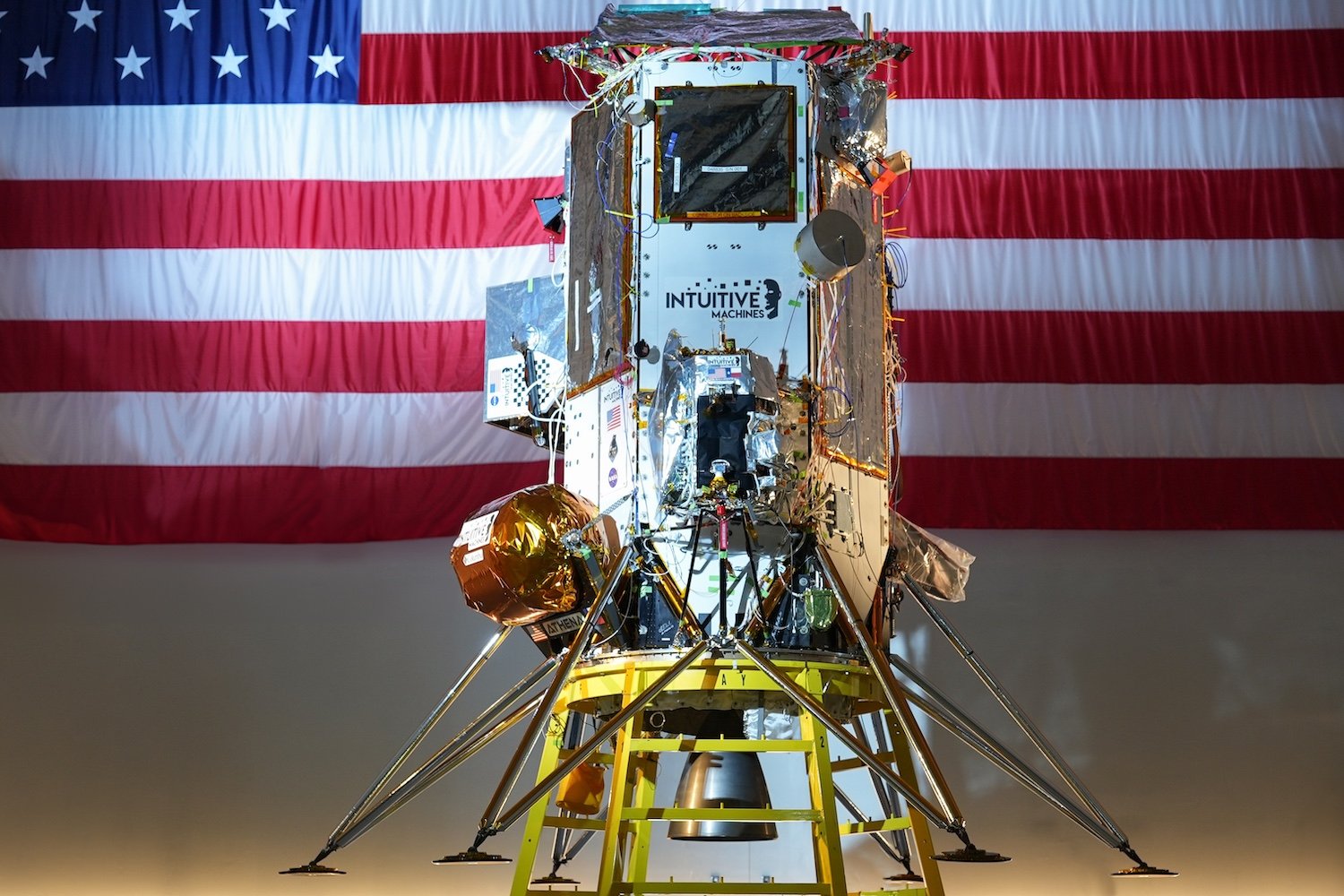Introduction to Grace, the Brave Hopper Robot
Meet Grace, a cutting-edge hopper robot designed to jump into the darkest depths of the Moon, providing unprecedented views of permanently shadowed craters near the lunar south pole.
Intuitive Machines’ Second Mission to the Moon
Houston-based startup Intuitive Machines is preparing to launch its second mission to the Moon as part of NASA’s Commercial Lunar Payload Services (CLPS) initiative. The company’s lunar lander, named Athena, will take off on a SpaceX Falcon 9 rocket during a four-day launch window starting on February 26. The lander will carry NASA science, technology demonstrations, and commercial payloads, including a Micro-Nova robot named Grace. Athena is targeting Mons Mouton, a lunar plateau near the Moon’s South Pole. If successful, the lander will deploy its payloads, including Grace, which will hop into a nearby crater and then back out.
The Story Behind Grace
The robot is named after Grace Hopper, a pioneering mathematician and computer scientist who advocated for accessible programming. Similarly, Grace the robot is designed to make the darkest reaches of the Moon accessible to the world. Unlike its human namesake, however, Grace is a propulsive drone designed to hop across the Moon’s surface. The Micro-Nova hopper will perform five hops, each with a different altitude, using its built-in thrusters to propel itself across the lunar surface.
Grace’s Mission
Grace is targeting Crater H, which is approximately 65 feet deep and lies about 1,650 feet away from Athena’s landing site. While in the crater, Grace will search for water and other resources, as well as capture photos using its onboard cameras. The robot will maintain communication with Athena using Nokia’s Lunar Surface Communication System, one of the lander’s commercial payloads aiming to create the first 4G/LTE network on the Moon. The hopper is designed to spend about 45 minutes on the crater floor before jumping back out onto the surface.
A First-of-its-Kind Technology Demonstration
Grace is a first-of-its-kind technology demonstration, as no hopping robot has explored the Moon before. Although Ingenuity, a rotorcraft that explored Mars alongside the Perseverance rover, took short-lived flights above the Red Planet’s surface, Grace will venture into a permanently shadowed crater. China is also set to launch a similar mobile hopper to the Moon with its Chang’e 7 mission, scheduled to launch in 2026.
Intuitive Machines’ Experience with the Moon
Intuitive Machines is no stranger to the Moon, having launched its first lunar lander, Odysseus, in February 2024. Although Odysseus managed to touch down on the lunar surface, its landing was not smooth, and the lander tipped over on its side. Both landers, Athena and Odysseus, derive their names from Greek mythology, with Athena being Odysseus’ divine patron. Hopefully, the lander will take after its namesake, the goddess of wisdom and battle, and successfully deliver the curious hopping robot, Grace, to the Moon’s surface.
Source Link





